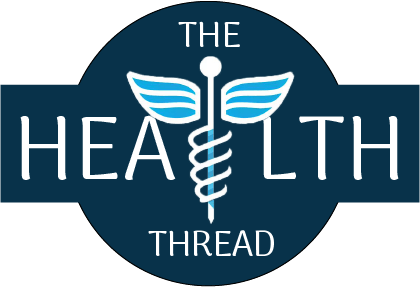The benefits of regular exercise
Regular exercise has numerous benefits for our physical and mental health. From improving heart health to reducing stress and anxiety, exercise can positively impact many aspects of our lives. In this article, we will explore some of the benefits of regular exercise and discuss the latest research on the topic.
Improved heart health: Regular exercise can help reduce the risk of developing heart disease by strengthening the heart muscle and improving blood flow throughout the body. Research has shown that engaging in regular physical activity can also lower blood pressure and cholesterol levels, which are both risk factors for heart disease (1).
Weight management: Exercise can be an effective tool for weight management. When combined with a healthy diet, regular exercise can help individuals maintain a healthy weight or even lose weight. This is because exercise burns calories, increases metabolism, and builds lean muscle mass, which can help boost overall metabolism and promote weight loss (2).
Improved mental health: Exercise has been shown to have numerous benefits for mental health. Regular exercise can help reduce symptoms of depression and anxiety, improve mood, and increase overall feelings of well-being. This is due to the release of endorphins, which are natural chemicals produced by the body that promote feelings of happiness and euphoria (3).
Increased energy levels: Exercise can help increase energy levels and reduce feelings of fatigue. Regular physical activity has been shown to improve both physical and mental energy levels, which can help individuals feel more alert and focused throughout the day (4).
Reduced risk of chronic diseases: Regular exercise has been shown to reduce the risk of developing chronic diseases such as diabetes, certain types of cancer, and osteoporosis. Exercise helps to regulate blood sugar levels, reduce inflammation in the body, and improve bone density, all of which can help reduce the risk of developing these diseases (5).
Improved sleep quality: Exercise has been shown to improve sleep quality and reduce the time it takes to fall asleep. This is due to the release of endorphins, which help to reduce feelings of stress and anxiety, and also because exercise can help regulate the body’s natural sleep-wake cycle (6).
In conclusion, regular exercise has numerous benefits for both physical and mental health. From reducing the risk of chronic diseases to improving sleep quality and reducing symptoms of depression and anxiety, exercise should be an important part of everyone’s daily routine. The latest research supports the notion that regular exercise is an essential component of a healthy lifestyle.
REFERENCES
- Thompson PD, Buchner D, Pina IL, et al. Exercise and physical activity in the prevention and treatment of atherosclerotic cardiovascular disease: a statement from the Council on Clinical Cardiology (Subcommittee on Exercise, Rehabilitation, and Prevention) and the Council on Nutrition, Physical Activity, and Metabolism (Subcommittee on Physical Activity). Circulation. 2003;107:3109-3116.
- Donnelly JE, Blair SN, Jakicic JM, et al. American College of Sports Medicine Position Stand. Appropriate physical activity intervention strategies for weight loss and prevention of weight regain for adults. Med Sci Sports Exerc. 2009;41:459-471.
- Craft LL, Perna FM. The benefits of exercise for the clinically depressed. Prim Care Companion J Clin Psychiatry. 2004;6:104-111.
- Puetz TW. Physical activity and feelings of energy and fatigue: epidemiological evidence. Sports Med. 2006;36:767-780.
- Haskell WL, Lee IM, Pate RR, et al. Physical activity and public health: updated recommendation for adults from the American College of Sports Medicine and the American Heart Association. Med Sci Sports Exerc. 2007;39:1423-1434.
- Blair, S. N., Cheng, Y., & Holder, J. S. (2001). Is physical activity or physical fitness more important in defining health benefits? Medicine and science in sports and exercise, 33(6 Suppl), S379-S399.


